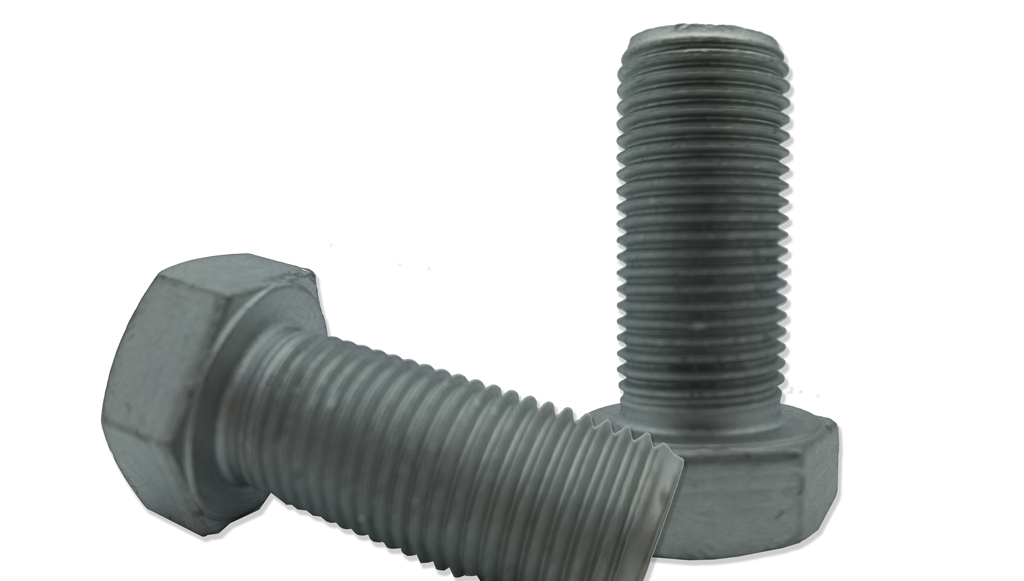
GEOMET® 500 is a high-performance anti-corrosion system, applied for the treatment of steel, cast and other ferrous metal parts that provide optimal results in terms of friction as well. It is largely used by some of the main automotive manufactures around the world because it respects their strict standard of quality.
This anticorrosive coating, non electrolytically applied and chromium free, does not induce hydrogen embrittlement and for this reason is particularly suitable for high-tensile strength fasteners such as bolts of class 8.8 or more.
This technology is based on the cathodic protection principle. It consists of a thin dry-film, formulated with an aqueous base and composed of passivated zinc and aluminium flakes in an inorganic binder.
This treatment gives metallic surfaces an excellent corrosion protection along with low thickness (between 5 and 10 µm).
Basically, the metal compounds slow down the corrosion reaction of zinc and steel providing a solid barrier protection between the metal substrate and the corrosive atmosphere, greater than pure zinc.
It’s also to underline the bimetallic compatibility with aluminum.
Moreover, the presence of an integral lubricant assures an excellent assembly and multi-tightening behaviour while preserving a good mechanical damage (test method D24 1312, USCAR 32) and chemical (test VDA 621-412) resistance.
In addition to this, the coating guarantees electrical conductivity for most application and maintain his features at elevated temperatures (up to 300º C). It can be used with or without paintable coatings.
The main advantages of this technology relies on his procedure, similar to zinc powdering. Metal parts to be treated are inserted in a rotating and pivoting barrel with a special patented powder obtained from a mixture of zinc, chromium, teflon and other substances according a precise formula.
The presence of glass spheres inside the barrel, allows the patented powder to stick to the metal surface.
The product comes out this process covered by a thin but homogeneous layer of this substance.
In order to fix the coating, the metal parts are later heated in a baking oven, at temperature not very high.
As the production cycle takes place dry without any release of pollutant liquids, the procedure contributes to reduce pollution.
Moreover, the low thickness of the coating, similar to the zinc plating, has no effect on coupling screw-nut because is within the tolerance.
Furthermore, this technique ensures metal parts a high resistance to salt spray.
The main drawbacks rely on the difficulty in the application stage to reach the cavity, with the possible risk of accumulation in them of the product. Besides, the application of this this technique is to avoid for screws with a diameter smaller than M5.
